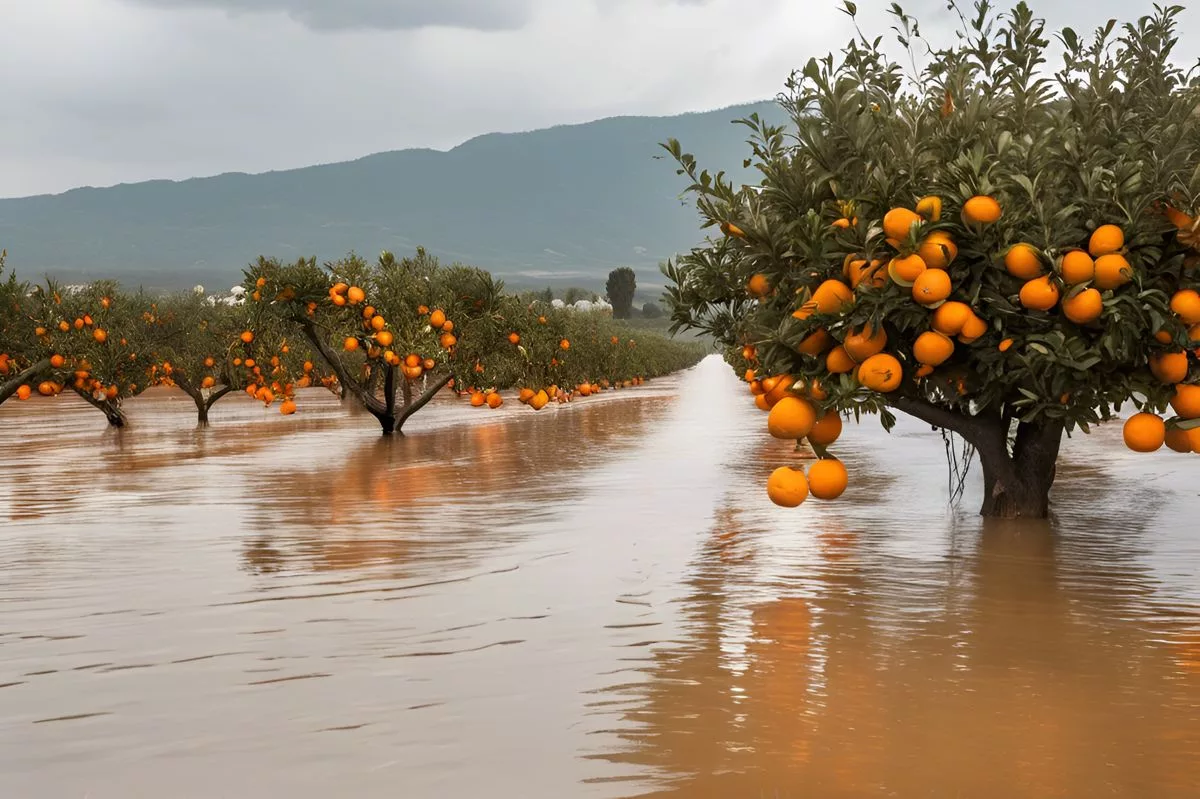The South African property market and economy have been dealt a blow with the Reserve Bank’s decision to keep the repo rate at 8.25%, causing frustration and disappointment among industry figures. The high interest rate, combined with rising living costs and a stagnant economy, is putting pressure on everyday South Africans, particularly middle-class homeowners. Despite this, there is hope for the future, with anticipated interest rate cuts and the Government of National Unity’s potential to drive economic growth. Homebuyers may find themselves on the brink of a golden opportunity amid the current challenges.
Repo Rate Maintained: Impact on South African Economy and Property Market – South Africa’s local property market and national economy suffered a significant blow when the Reserve Bank decided to keep the repo rate at a hefty 8.25%. This decision has been met with disappointment and frustration by leading industry figures. The combination of escalating costs and the stubborn economy is exerting significant pressure on everyday South Africans.
Repo Rate Maintained: Impact on South African Economy and Property Market
South Africa’s local property market and national economy suffered a significant blow when the Reserve Bank decided to keep the repo rate at a hefty 8.25%. This decision has been met with disappointment and frustration by leading industry figures like Samuel Seeff, esteemed Chairperson of Seeff Property Group. He has criticized this decision as being dismissive of the economic struggles faced by consumers and homeowners, and misaligned with the nation’s economic needs.
These homeowners, predominantly middle-class, were already wrestling with rising living and credit costs, and the decision to maintain the repo rate has only magnified their financial burdens. The fallout of this decision means they’re now having to pay an extra R1,500 to R3,000 on their monthly home loans. The combination of these escalating costs and the stubborn economy is exerting significant pressure on everyday South Africans.
Interestingly, the high inflation rate isn’t a result of economic buoyancy or excessive consumer spending. On the contrary, it’s the stagnant economy, largely influenced by the fixed interest rate, that’s driving up consumer costs. It seems like consumers are being punished for circumstances they have no control over.
The State of the Property Market
The interest rate, remaining unchanged for over a year, has exceeded the levels observed during the chaotic period following the 2008 financial crisis. This situation is clearly reflected in the property sector, which has seen a 25% drop in market value and less than 1% growth in property prices. The prime rate, currently at a worrying 11.75%, is a stark sign of these troubling times.
The combination of high interest rates and living costs is proving burdensome for first-time home buyers, making homeownership increasingly inaccessible. Even existing homeowners are feeling the pinch, with an increasing number of them falling behind on their payments. This emerging pattern is leading to a spike in distressed properties.
Possible Silver Linings: Anticipated Interest Rate Cut
Despite the grim state of affairs, industry veteran Seeff remains hopeful. He expects a forthcoming cut in the interest rate, citing strong arguments supporting such a move. A reduction in the interest rate could provide much-needed relief for buyers, who could take advantage of the current stagnation in property prices in anticipation of the expected rate cuts.
Amid a slower market, buyers have the advantage of less competition, which could allow them to acquire properties at competitive prices. Despite a slight tightening, the mortgage lending conditions remain favorable for buyers. Purchasing properties now could result in significant savings once the anticipated rate cuts come into effect and market competition subsequently escalates, leading to potential value appreciation.
Future Outlook: Government of National Unity’s (GNU) Role and the Power of Optimism
Seeff believes that a thriving economy and property market are vital for the country’s overall health. The optimism revolving around the Government of National Unity (GNU) alludes to a promising future. The recent growth experienced by the economy, achieved under a 2% lower interest rate, serves as a hopeful precedent for future prosperity.
The situation may seem bleak at present, but the South African property market is tinged with a sense of hopefulness, underpinned by past achievements and potential changes. Despite the immediate challenges, home buyers may find themselves on the brink of a golden opportunity.
What is the impact of the repo rate maintained on South Africa’s economy and property market?
The decision to keep the repo rate at 8.25% has dealt a blow to South Africa’s local property market and national economy. The combination of escalating costs and the stubborn economy is exerting significant pressure on everyday South Africans, particularly middle-class homeowners.
What is the current state of South Africa’s property market?
The property sector has seen a 25% drop in market value and less than 1% growth in property prices. The prime rate, currently at a worrying 11.75%, is a stark sign of these troubling times. High interest rates and living costs are making homeownership increasingly inaccessible for first-time buyers.
Is there any hope for South Africa’s property market?
Industry veteran Samuel Seeff remains hopeful, anticipating a forthcoming cut in the interest rate. A reduction in the interest rate could provide much-needed relief for buyers, who could take advantage of the current stagnation in property prices in anticipation of the expected rate cuts.
Should homebuyers take advantage of the current situation?
Purchasing properties now could result in significant savings once the anticipated rate cuts come into effect and market competition subsequently escalates, leading to potential value appreciation. Amid a slower market, buyers have the advantage of less competition, which could allow them to acquire properties at competitive prices.
What is the role of the Government of National Unity (GNU) in South Africa’s property market?
Seeff believes that a thriving economy and property market are vital for the country’s overall health. The optimism revolving around the Government of National Unity (GNU) alludes to a promising future. The recent growth experienced by the economy, achieved under a 2% lower interest rate, serves as a hopeful precedent for future prosperity.
Are existing homeowners affected by the high interest rate?
Existing homeowners are feeling the pinch, with an increasing number of them falling behind on their payments. This emerging pattern is leading to a spike in distressed properties in South Africa.












